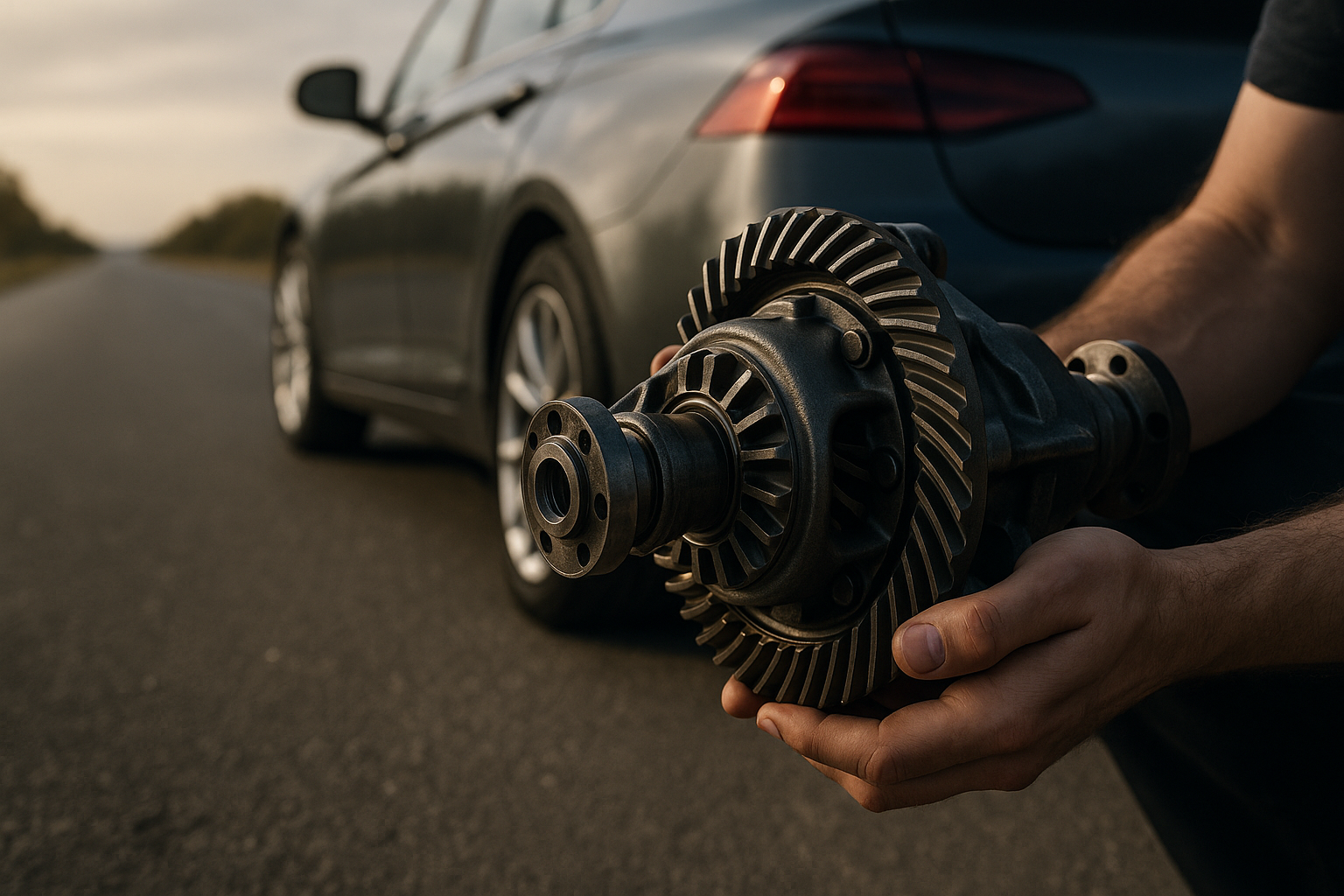Delving into the Intricacies of Automotive Differential Technology
In the world of automotive engineering, there are numerous components that work in harmony to deliver the thrill of driving. One such technical marvel, often overlooked but vital to a vehicle's performance, is the differential. This intricate piece of machinery, with a history dating back to the 1820s, has evolved dramatically over the years.

The Roots of Differential Technology
The genesis of differential technology can be traced back to the early 19th century, with the first differential designed for a steam-powered road carriage in 1827. Its primary function was to allow the wheels on the same axle to rotate at different speeds, a necessity for smooth turning. Over the years, the technology has been refined and adapted to meet the demands of modern vehicles.
The Evolution in Modern Times
Fast-forward to the 21st century, and differentials are no longer just about smooth turning. They’ve become an essential tool for performance tuning, affecting aspects like handling, stability, and fuel economy. With advancements such as limited-slip and torque-vectoring differentials, there’s a greater focus on optimizing power distribution and enhancing vehicle dynamics.
The Impact on Performance Driving
The impact of advanced differential technology on performance driving is immense. For instance, a limited-slip differential can distribute torque to the wheel with the most grip, reducing wheel spin in high-performance situations. This translates into better traction, improved cornering, and a more engaging driving experience. However, these systems also pose challenges, such as increased mechanical complexity and maintenance requirements.
Current Trends and Future Trajectories
Today, the trend is towards electronically controlled differentials that offer even greater precision and adaptability. They can dynamically adjust torque distribution based on numerous factors, including vehicle speed, throttle position, and steering angle. As we look to the future, we can expect further advancements in this field, driven by the relentless pursuit of improved vehicle performance and efficiency.
The Significance in Everyday Driving
While the benefits of advanced differential technology are most evident in performance driving, they also enhance everyday driving. By improving traction and stability, these systems can make driving safer and more comfortable, especially in challenging conditions. Therefore, they play a crucial role in shaping the driving experience, from the racetrack to the daily commute.
The world of automotive differentials is complex yet fascinating, underlining the sheer engineering prowess that goes into every vehicle. As we drive into the future, these systems will continue to evolve, enhancing not just performance, but also the pure joy of driving.






